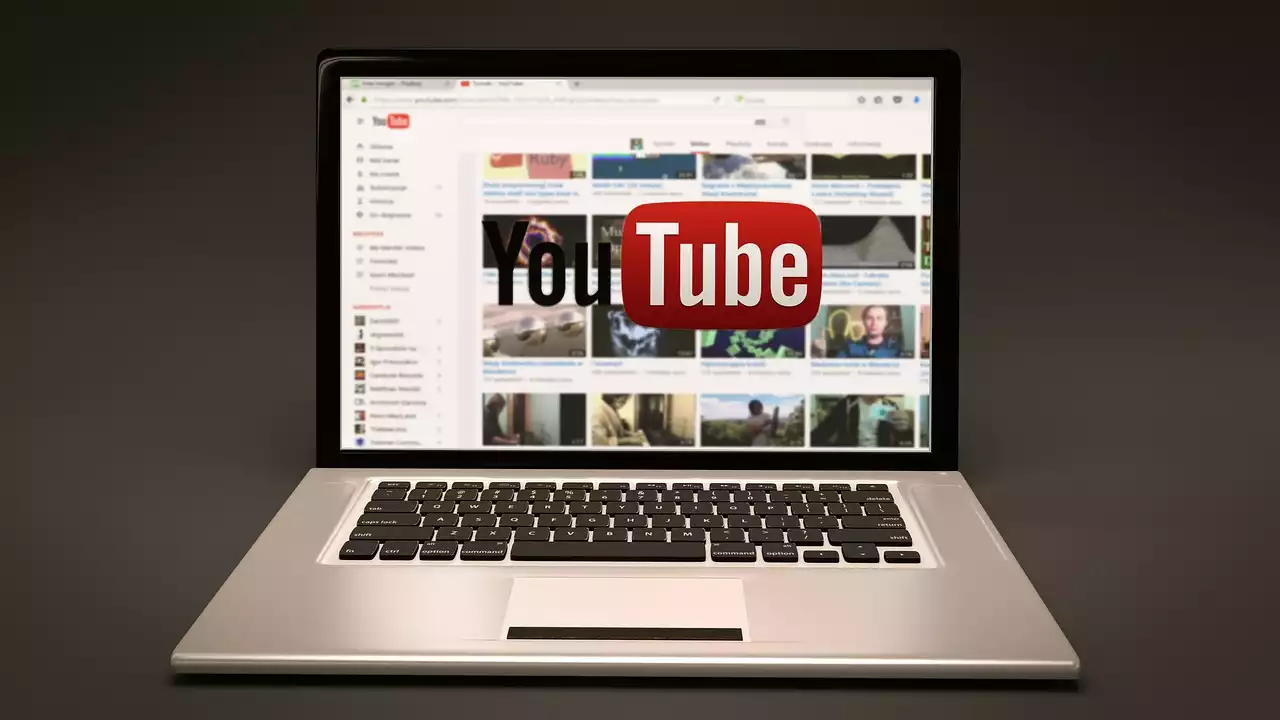What is Vimeo?
Vimeo is a video-sharing platform that was launched in 2004. It is known for its high-quality video hosting and customization options, making it a popular choice for businesses, creatives, and filmmakers. Unlike YouTube, Vimeo focuses on quality over quantity, which is reflected in its user interface and features. Vimeo allows users to upload videos up to 8K resolution, making it an excellent choice for businesses that want to showcase their products or services in the best possible light.
Vimeo also offers a range of customization options, including the ability to create custom video players, add call-to-action buttons, and choose from a variety of video templates. This makes it easier for businesses to create a unique brand experience for their viewers. Vimeo also has a strong community of filmmakers and creatives, which can be beneficial for businesses that want to collaborate with like-minded individuals.
One of the drawbacks of Vimeo is that it has a smaller audience compared to YouTube, which can make it more challenging to reach a broader audience. Additionally, Vimeo does not have the same level of advertising options as YouTube, which can limit its potential for businesses that want to use video advertising to drive traffic and sales.
What is YouTube?
YouTube is a video-sharing platform that was launched in 2005. It is the second largest search engine in the world, with over 2 billion monthly active users. YouTube is known for its vast audience, making it an excellent platform for businesses that want to reach a broad audience.
YouTube offers a range of features, including the ability to create custom channels, add call-to-action buttons, and embed videos on websites and social media platforms. Additionally, YouTube has a robust advertising platform that allows businesses to create video ads and target specific audiences based on demographics, interests, and behaviors. This makes it an excellent choice for businesses that want to use video advertising to drive traffic and sales.
One of the drawbacks of YouTube is that it has a high level of competition, with millions of videos being uploaded every day. This can make it challenging for businesses to stand out and reach their target audience. Additionally, YouTube’s focus on quantity over quality can result in lower video quality, which can impact a business’s brand image.
Vimeo vs. YouTube: Pros and cons
When comparing Vimeo vs. YouTube, there are several pros and cons to consider.
Vimeo pros
- High-quality video hosting
- Customization options
- Strong community of filmmakers and creatives
- No ads on videos
Vimeo cons
- Smaller audience compared to YouTube
- Limited advertising options
- Higher pricing plans
YouTube pros
- Vast audience
- Robust advertising platform
- Easy to embed videos on websites and social media platforms
- Free to use
YouTube cons
- High level of competition
- Focus on quantity over quality
- Limited customization options
Vimeo features and benefits
Let’s take a closer look at some of the features and benefits of Vimeo.
Customization options
Vimeo offers a range of customization options that allow businesses to create a unique brand experience for their viewers. This includes the ability to create custom video players, add call-to-action buttons, and choose from a variety of video templates. Additionally, Vimeo offers a range of privacy options, allowing businesses to control who can view their videos.
High-quality video hosting
Vimeo is known for its high-quality video hosting, allowing businesses to upload videos up to 8K resolution. This makes it an excellent choice for businesses that want to showcase their products or services in the best possible light. Additionally, Vimeo offers a range of video optimization tools, including the ability to add captions and optimize for search engines.
Strong community of filmmakers and creatives
Vimeo has a strong community of filmmakers and creatives, which can be beneficial for businesses that want to collaborate with like-minded individuals. Additionally, Vimeo offers a range of resources and tools for filmmakers, including video tutorials, equipment rentals, and community events.
No ads on videos
One of the benefits of Vimeo is that there are no ads on videos, which can provide a better viewing experience for viewers. This can be beneficial for businesses that want to create a more professional brand image.
Higher pricing plans
One of the drawbacks of Vimeo is that it has higher pricing plans compared to YouTube. This can make it more challenging for small businesses or individuals with a limited budget to use the platform.
YouTube features and benefits
Now let’s take a closer look at some of the features and benefits of YouTube.
Large audience
One of the main benefits of YouTube is its large audience, with over 2 billion monthly active users. This makes it an excellent platform for businesses that want to reach a broad audience. Additionally, YouTube has a range of tools and features that can help businesses target specific audiences based on demographics, interests, and behaviors.
Robust advertising platform
YouTube has a robust advertising platform that allows businesses to create video ads and target specific audiences based on demographics, interests, and behaviors. This can be an excellent way for businesses to drive traffic and sales. Additionally, YouTube offers a range of analytics tools that allow businesses to track the performance of their videos and campaigns.
Easy to embed videos
YouTube makes it easy to embed videos on websites and social media platforms, allowing businesses to reach a broader audience. Additionally, YouTube offers a range of customization options, including the ability to add call-to-action buttons and create custom channels.
Free to use
One of the benefits of YouTube is that it is free to use, making it an excellent choice for businesses that have a limited budget. Additionally, YouTube offers a range of resources and tools for creators, including video tutorials and community events.
High level of competition
One of the drawbacks of YouTube is its high level of competition, with millions of videos being uploaded every day. This can make it challenging for businesses to stand out and reach their target audience. Additionally, YouTube’s focus on quantity over quality can result in lower video quality, which can impact a business’s brand image.
Limited customization options
YouTube has limited customization options compared to Vimeo, which can make it more challenging for businesses to create a unique brand experience for their viewers. Additionally, YouTube has limited privacy options, which can be a concern for businesses that want to control who can view their videos.
Vimeo pricing and plans
Vimeo offers three pricing plans:
Basic
- Free - 500MB weekly upload limit
- Up to 10 videos
- Limited customization options
- No analytics or support
Plus
- $7 per month (billed annually)
- 5GB weekly upload limit
- Up to 250 videos
- Customization options
- Basic analytics and support
Pro
- $20 per month (billed annually)
- 20GB weekly upload limit
- Unlimited videos
- Advanced customization options
- Advanced analytics and support
YouTube pricing and plans
YouTube is free to use, but it does offer a range of paid advertising options, including:
TrueView in-stream ads
- Skippable video ads that play before, during, or after other videos
- Advertisers only pay when viewers watch at least 30 seconds or interact with the ad
TrueView discovery ads
- Ads that appear alongside other videos or in search results
- Advertisers only pay when viewers click on the ad to watch the video
Bumper ads
- Short, non-skippable ads that play before other videos
- Advertisers pay based on impressions
Choosing between Vimeo and YouTube
When choosing between Vimeo and YouTube, it’s important to consider your video marketing goals and budget. If you want to showcase high-quality videos with a unique brand experience, Vimeo may be the better choice. However, if you want to reach a broad audience and use video advertising to drive traffic and sales, YouTube may be the better choice.
It may also be worth considering using both platforms to reach a broader audience and take advantage of their unique features and benefits.
How to optimize your videos for Vimeo and YouTube
To get the most out of Vimeo and YouTube, it’s important to optimize your videos for both platforms. This includes:
- Uploading high-quality videos
- Adding descriptions, tags, and titles that include keywords
- Using custom thumbnails
- Adding call-to-action buttons
- Embedding videos on websites and social media platforms
Additionally, it’s important to track the performance of your videos and campaigns using the analytics tools provided by Vimeo and YouTube. This will allow you to make data-driven decisions and improve your video marketing strategy over time.









